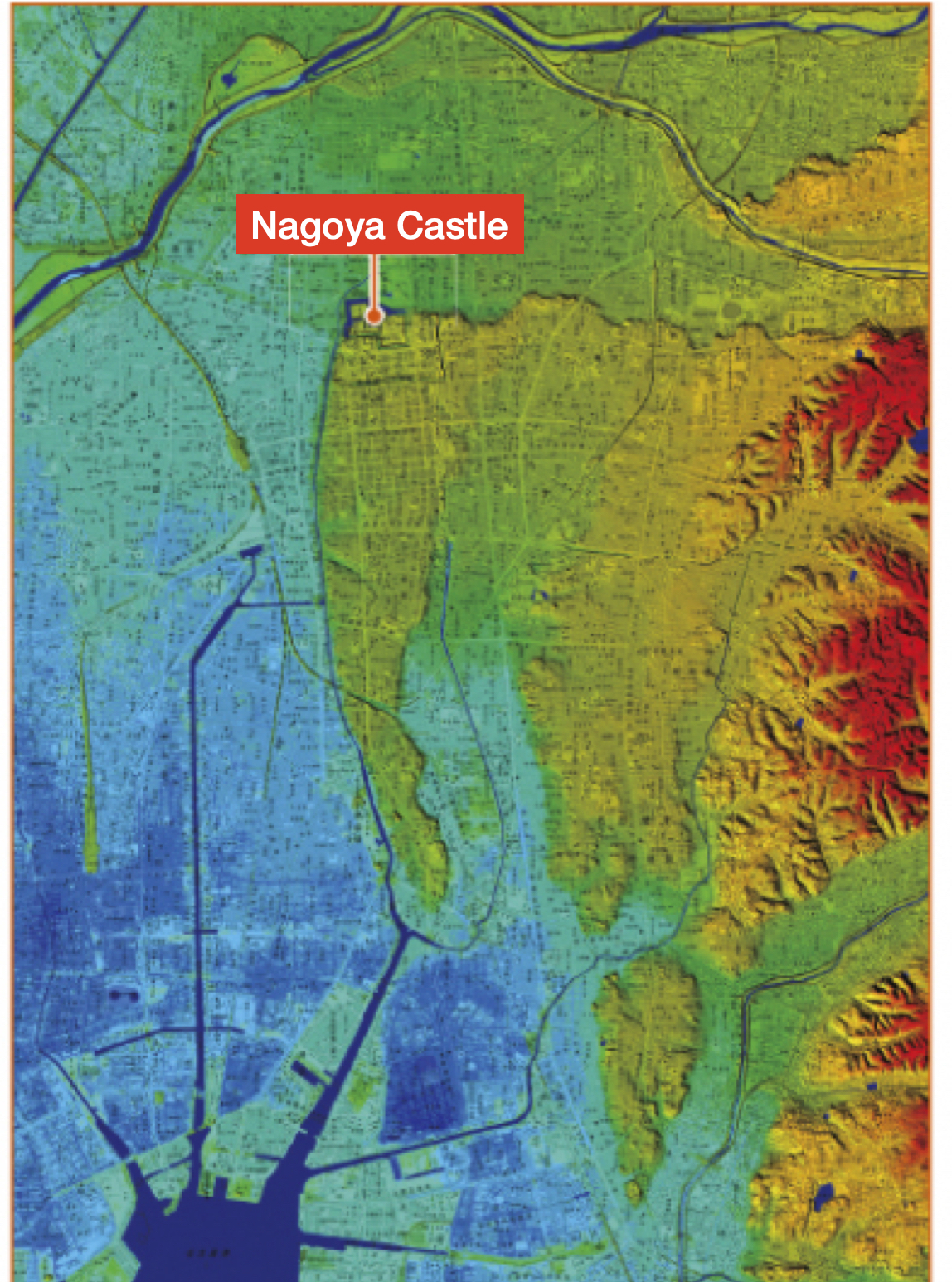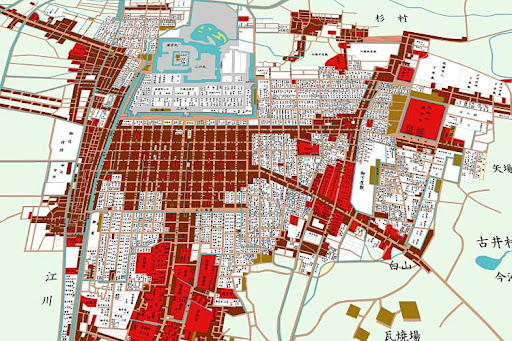Nagoya Castle: Boring or Underrated?
Published on February 13, 2024
Nagoya Castle seems to lag behind other renowned castles in Japan, such as Osaka Castle or Himeji Castle, and understandably so. The current castle is a reconstruction built with concrete just a few decades ago, and it pales in comparison to its majestic counterparts. At first glance, this unassuming castle seems to reflect the perceived lack of popularity of Nagoya. However, diving into the history and context behind this landmark reveals its captivating story.

Nagoya Castle
Historical Background: Two Clans Competing for Power
The history of Nagoya Castle dates back to the early 17th century, a period marked by the chaos of the Sengoku period (the civil war period). Although Japan started to stabilize, it still remained divided primarily between two powerful clans: Osaka-based Toyotomi and Tokyo-based Tokugawa. The pivotal Battle of Sekigahara in 1600 saw Tokugawa emerge victorious over Toyotomi, officially establishing him as the ruler (Shogun) of Japan. Yet, Toyotomi retained a significant power, keeping the tension between the two clans.
It is a curious coincidence that both Tokugawa and Toyotomi were born in Aichi prefecture.

Osaka - Nagoya(Owari) - Tokyo(Edo)
Kiyosu-goshi: Migrating the Entire Kiyosu City to Nagoya
Originally, Nagoya was not the focal point of the region; that distinction belonged to Kiyosu, situated in the northeast of Nagoya, and Kiyosu Castle, located at its heart, witnessed a lot of historic events. However, Kiyosu had a problem: its geographic location makes it very weak against flooding.
In anticipation of the decisive battle against Toyotomi, Tokugawa sought to strengthen defense in the Kiyosu area. Given Kiyosu's vulnerability to natural disasters, Tokugawa made the bold decision to relocate the entire city to a safer area, an event known as Kiyosu-goshi ("crossing Kiyosu").

Topographical Map around Nagoya Castle
Nagoya was strategically chosen for its geographic advantages. Positioned on a highland, the castle was surrounded by cliffs to the north and west, making it strong against flooding and very difficult to attack.
Starting around 1610, approximately 60,000 inhabitants, along with the castle, were moved to a new site, marking the birth of Nagoya city.
Flourishing Nagoya
Following its relocation, Nagoya thrived. The city grew alongside the castle, largely driven by merchant activity. The urban landscape expanded with a block structure. The remains of the grid layout can be still found in present-day Nagoya.

Map near Nagoya Castle during the Edo Period
The legacy of Nagoya's development during the Edo period endures in present-day Nagoya. The organized block structure remains prominent, a sharp contrast to the maze-like streets of Tokyo. Hisaya Odori Park, Nagoya's iconic park, is built on top of these blocks. And at the heart of this park lies Sakae, the bustling epicenter of Nagoya.

Hisaya Odori Park
So, the next time you visit Nagoya Castle or stroll through the city, take a moment to contemplate its rich history spanning over 400 years. Walking amidst the vibrant blocks of Sakae at night, one could almost hear the echoes of merchants from centuries past.